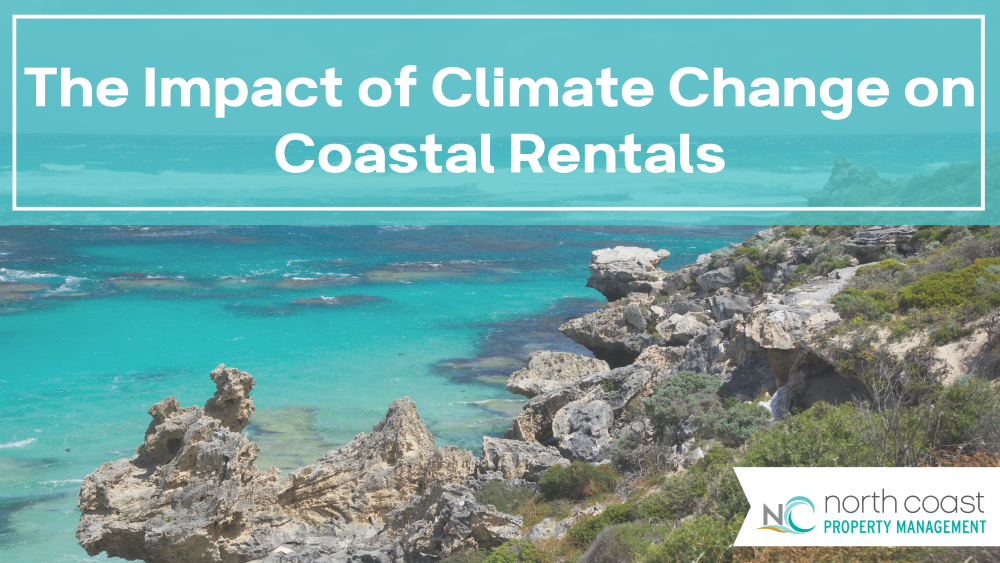The allure of coastal living draws many to the beautiful shores of Oregon, but with the increasing impact of climate change, coastal rental properties face unique challenges. For property owners, understanding these challenges and taking proactive steps to protect their investments is essential. This blog explores the effects of climate change on coastal rentals in Oregon and provides practical tips on safeguarding your property.
Rising Sea Levels
One of the most pressing concerns for coastal properties in Oregon is the rise in sea levels. As global temperatures increase, polar ice caps melt, contributing to higher sea levels. According to the National Oceanic and Atmospheric Administration (NOAA), sea levels along the Oregon coast are projected to rise significantly in the coming decades. This can lead to increased flooding and erosion, threatening the structural integrity of coastal properties. Property owners should consider elevating their buildings and investing in flood defenses, such as seawalls and levees, to mitigate the risk. Additionally, implementing proper drainage systems can help manage floodwaters and reduce damage.
Increased Storm Activity
Climate change is linked to more frequent and intense storms, which pose a significant threat to coastal properties in Oregon. The Pacific Northwest is experiencing changes in storm patterns, with potentially more severe winter storms and increased precipitation. To protect your rental property, ensure that the building is structurally sound and meets modern building codes designed to withstand severe weather. Installing storm shutters, reinforcing the roof, and securing loose items around the property can help minimize damage during a storm. The Oregon Department of Land Conservation and Development provides resources and guidelines for storm preparedness specific to the region.
Coastal Erosion
Coastal erosion is a natural process exacerbated by climate change, leading to the gradual loss of land along the Oregon shoreline. This erosion can undermine the foundations of coastal properties and reduce the amount of usable land. Property owners can combat erosion by using natural and engineered solutions, such as planting native vegetation to stabilize the soil and building retaining walls to protect against wave action. Regularly monitoring the shoreline and addressing erosion issues promptly can help preserve your property.
Saltwater Intrusion
As sea levels rise, saltwater can intrude into freshwater systems, contaminating drinking water and damaging infrastructure. This is a growing concern for coastal communities in Oregon, where freshwater resources are vital. Saltwater intrusion can also affect the soil, making it less suitable for landscaping and agriculture. Property owners should be aware of this risk and take steps to protect their freshwater sources. Installing backflow prevention devices and using salt-tolerant plants in landscaping can help mitigate the effects of saltwater intrusion. Regularly testing water quality and working with local authorities to address larger-scale water management issues is also crucial.
Insurance and Emergency Preparedness
Given the increasing risks associated with climate change, having adequate insurance coverage is essential for coastal property owners in Oregon. Review your insurance policy to ensure it covers flood, storm, and erosion-related damages. Consider purchasing additional coverage if necessary. The Federal Emergency Management Agency offers the National Flood Insurance Program, which provides coverage for flood damage in high-risk areas. Additionally, developing an emergency preparedness plan can help protect your property and tenants during severe weather events. This plan should include evacuation routes, emergency contact information, and guidelines for securing the property before a storm.
Climate change presents significant challenges for coastal rental properties in Oregon, but with proactive measures, property owners can protect their investments. By addressing rising sea levels, increased storm activity, coastal erosion, and saltwater intrusion, you can mitigate the risks and ensure the longevity of your property. Adequate insurance coverage and emergency preparedness are also crucial components of a comprehensive protection strategy. By staying informed and taking action, you can safeguard your coastal rental property against the impacts of climate change and continue to provide a safe and desirable living environment for your tenants.
Find out more about rental news, managing rental properties, and find helpful advice on maintaining your rental investments with North Coast Rental.

